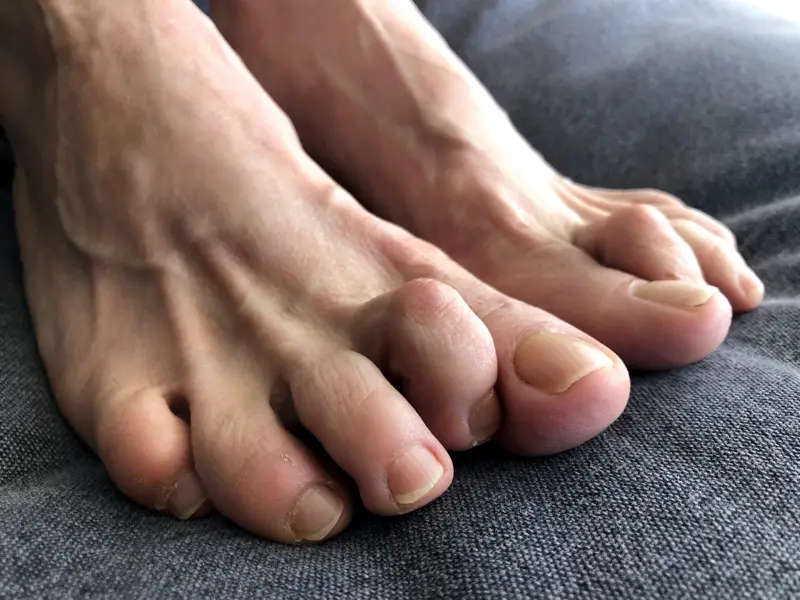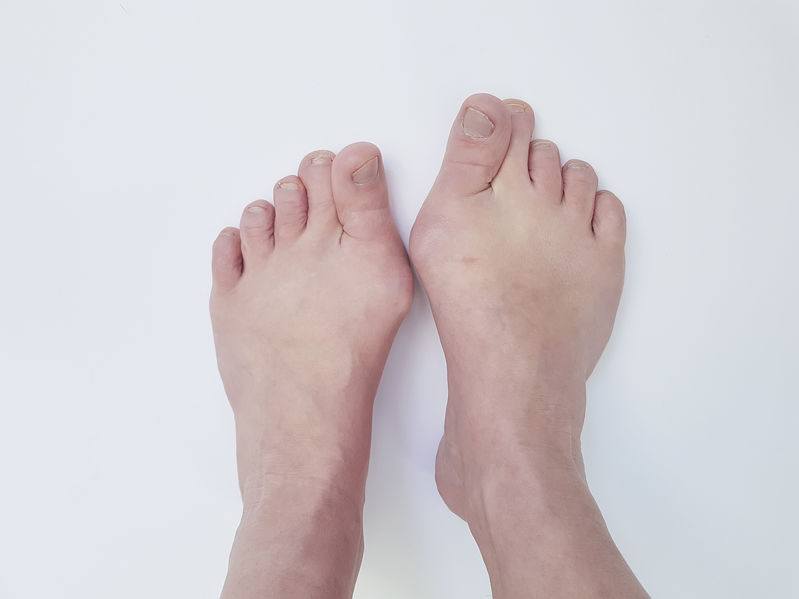Hammertoe Surgery

What is Hammertoe?
Hammertoe is a foot deformity that affects one or more of the small toes. This condition occurs when there’s an imbalance in the muscles, tendons, or ligaments that normally hold the toe straight. As a result, the middle joint of the toe bends and becomes stuck in this position, resembling a hammer. Hammertoes often start out as mild deformities and get progressively worse over time.
The most common cause of hammertoe is wearing poorly fitting shoes that are too tight, narrow, or high-heeled, which force the toes into a bent position. Over time, the muscles and tendons in the toe tighten and cannot stretch out. Other factors that can contribute to the development of hammertoe include genetics, arthritis, and trauma to the toe. Hammertoes can be flexible (where the toe can still be moved at the joint) or rigid (where the toe is immobile and surgery might be necessary for correction).
What are Signs & Symptoms of Hammertoe?
Signs and symptoms of hammertoe typically include:
- A toe that bends downward at the middle joint, creating a hammer-like or claw-like appearance.
- Pain or discomfort in the affected toe, especially when wearing shoes.
- Corns or calluses forming on the top of the middle joint of the toe or on the tip of the toe, due to rubbing against the inside of the shoe.
- Difficulty in moving the affected toe or limited toe movement.
- Swelling, redness, or a burning sensation in the affected toe.
- In more severe cases, open sores may form on the toe.

What are some Treatment Options for Hammertoe?
Treating hammertoe effectively involves addressing both the discomfort caused by the deformity and the underlying structural issues. The treatment plan can vary based on the severity of the condition and whether the toe is flexible or rigid. Here are some common treatment options:
It’s important to choose the right treatment approach for hammertoe, as the right interventions can significantly alleviate discomfort and prevent further progression of the deformity. Consulting with a healthcare professional is crucial for determining the most effective treatment plan tailored to the individual’s specific condition. Early intervention can lead to better outcomes and help maintain foot health and mobility.
At Wayne Foot & Ankle Center, Dr. Calligaro and our team are dedicated to providing expert care tailored to your specific needs. Remember, while this information is helpful for understanding general treatment options, it should not be taken as medical advice. Every injury is unique, and proper care requires a personalized approach. Contact us to schedule an appointment with Dr. Calligaro and ensure you receive the best possible care.




